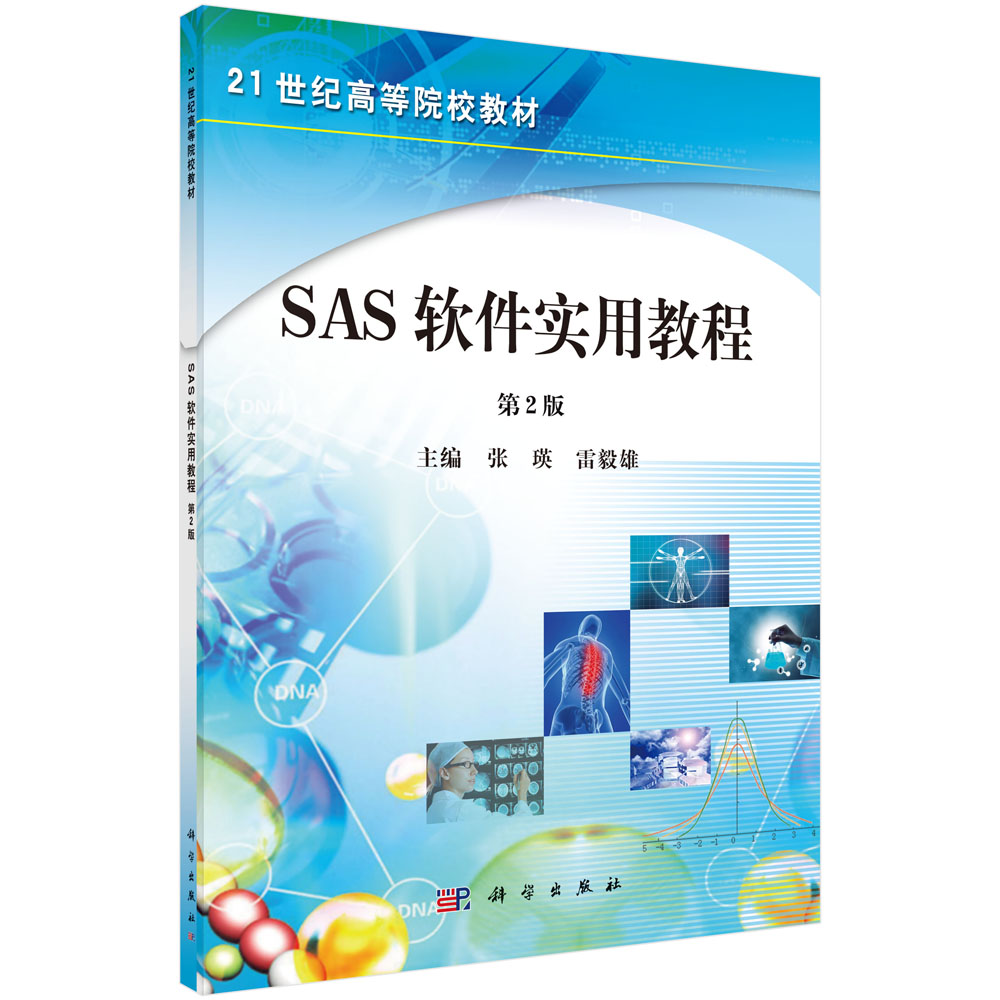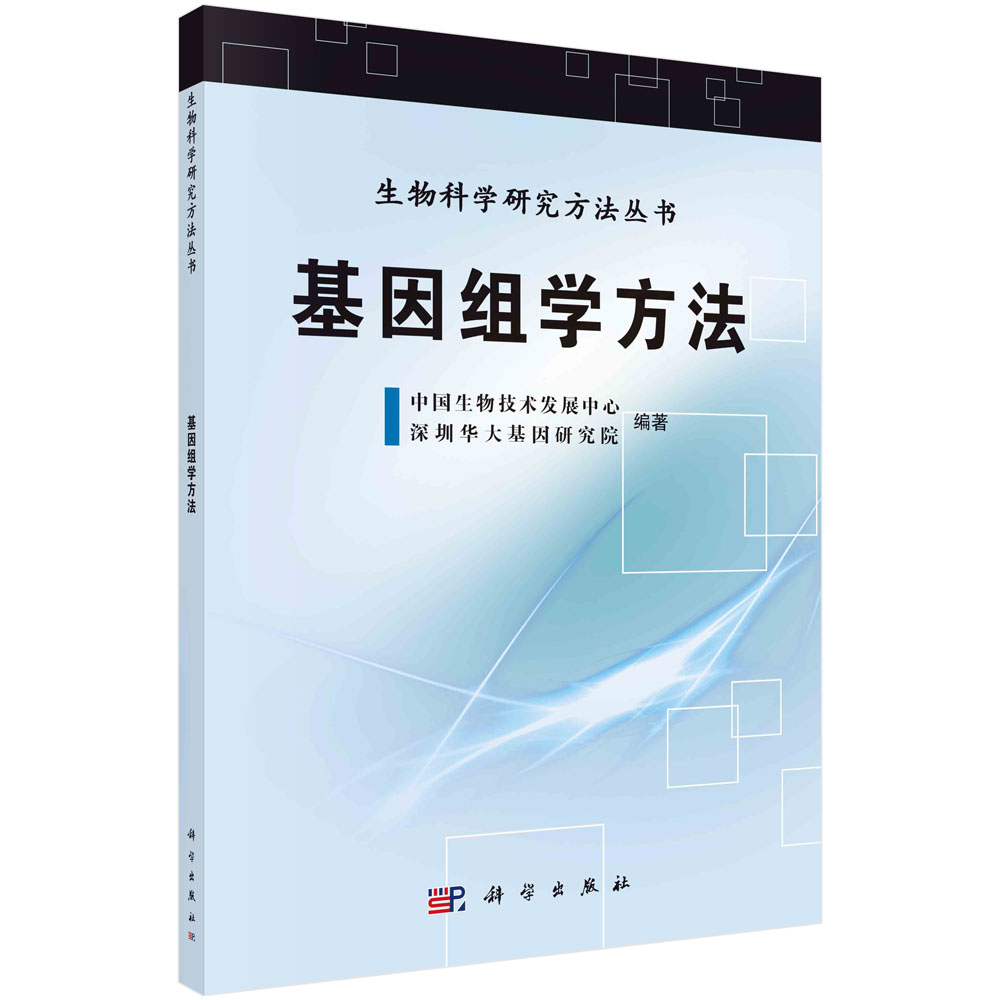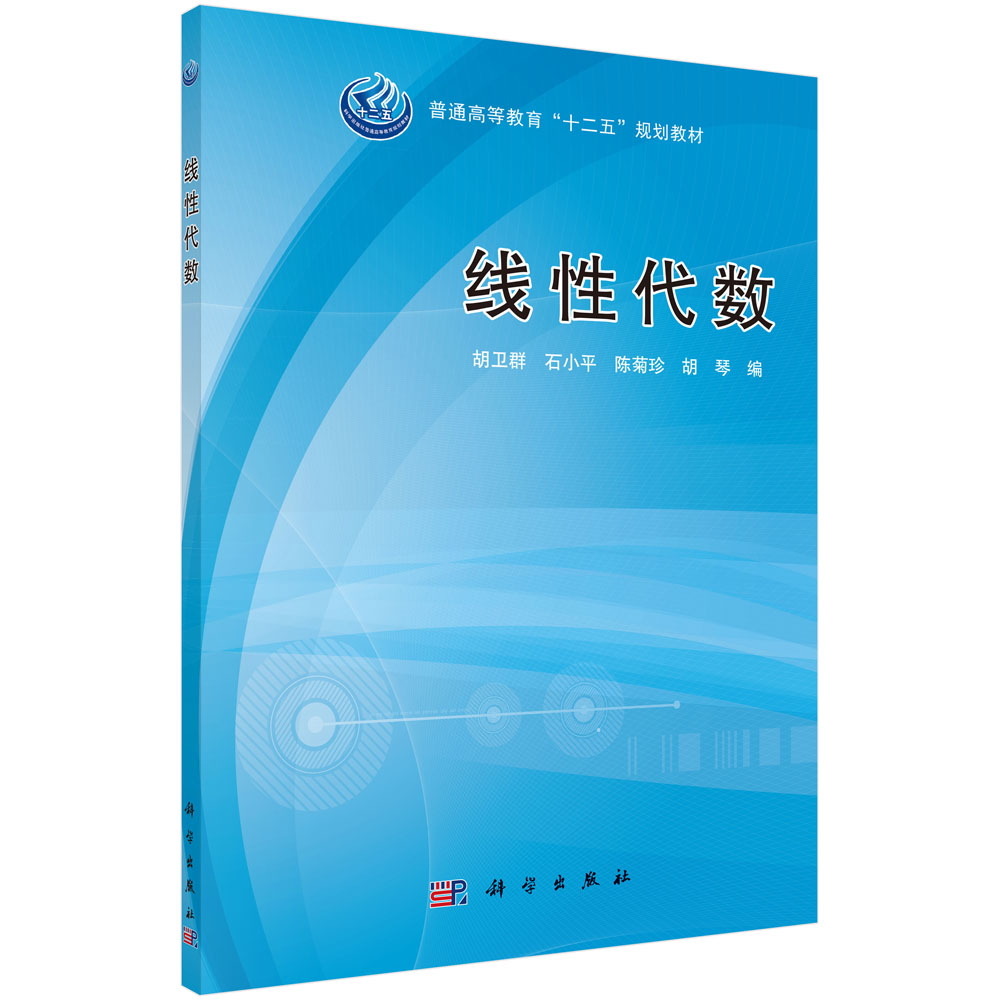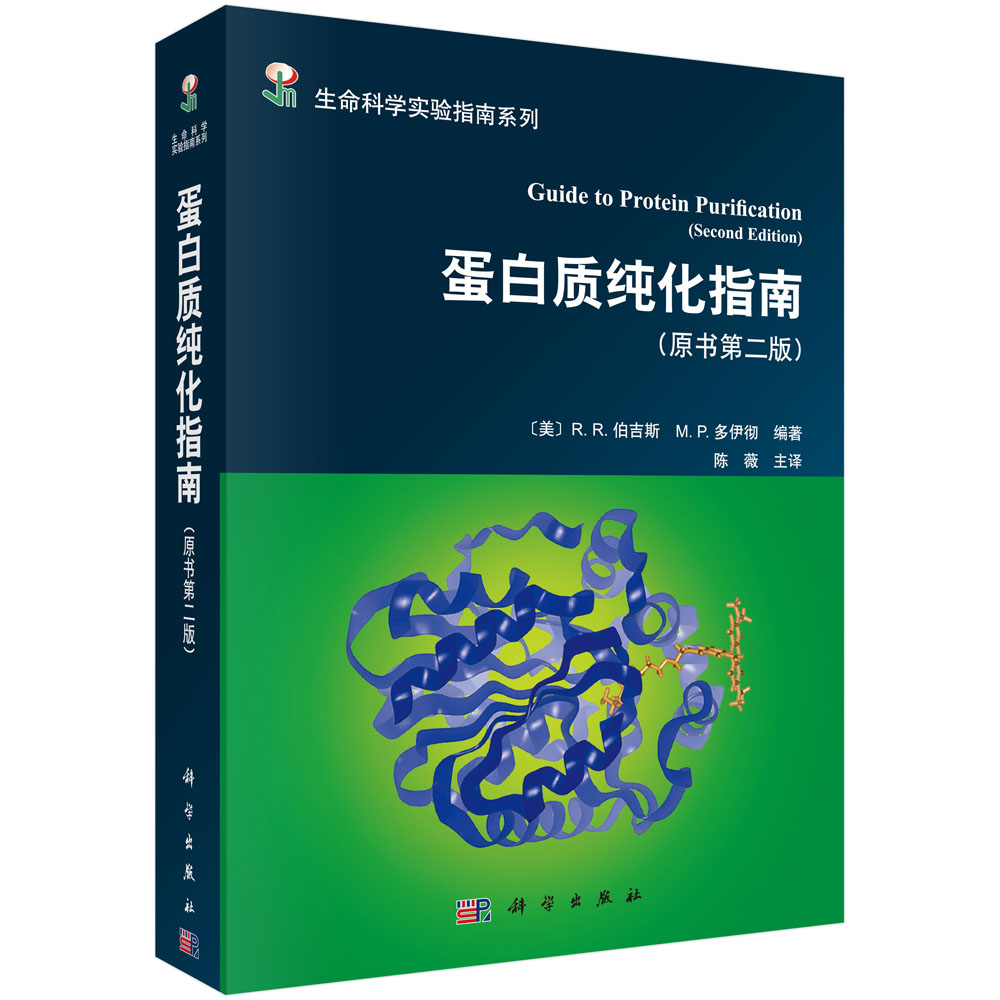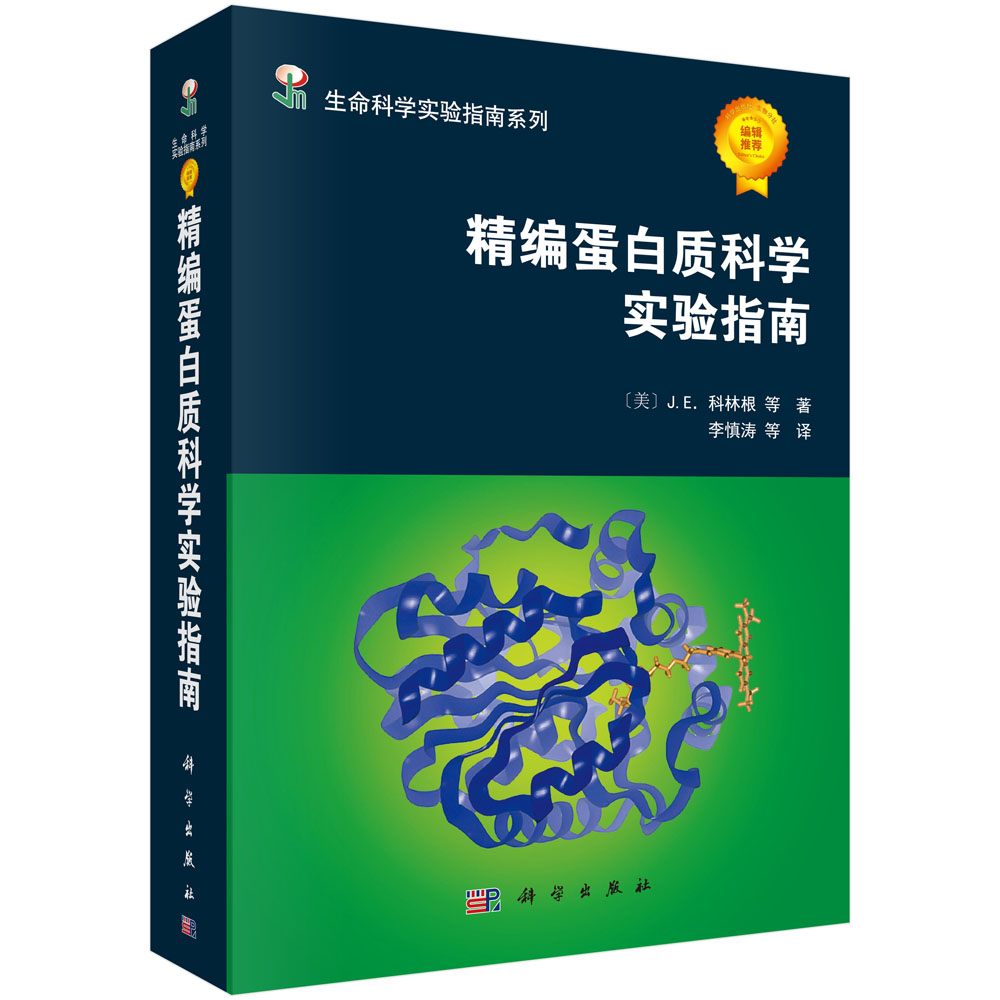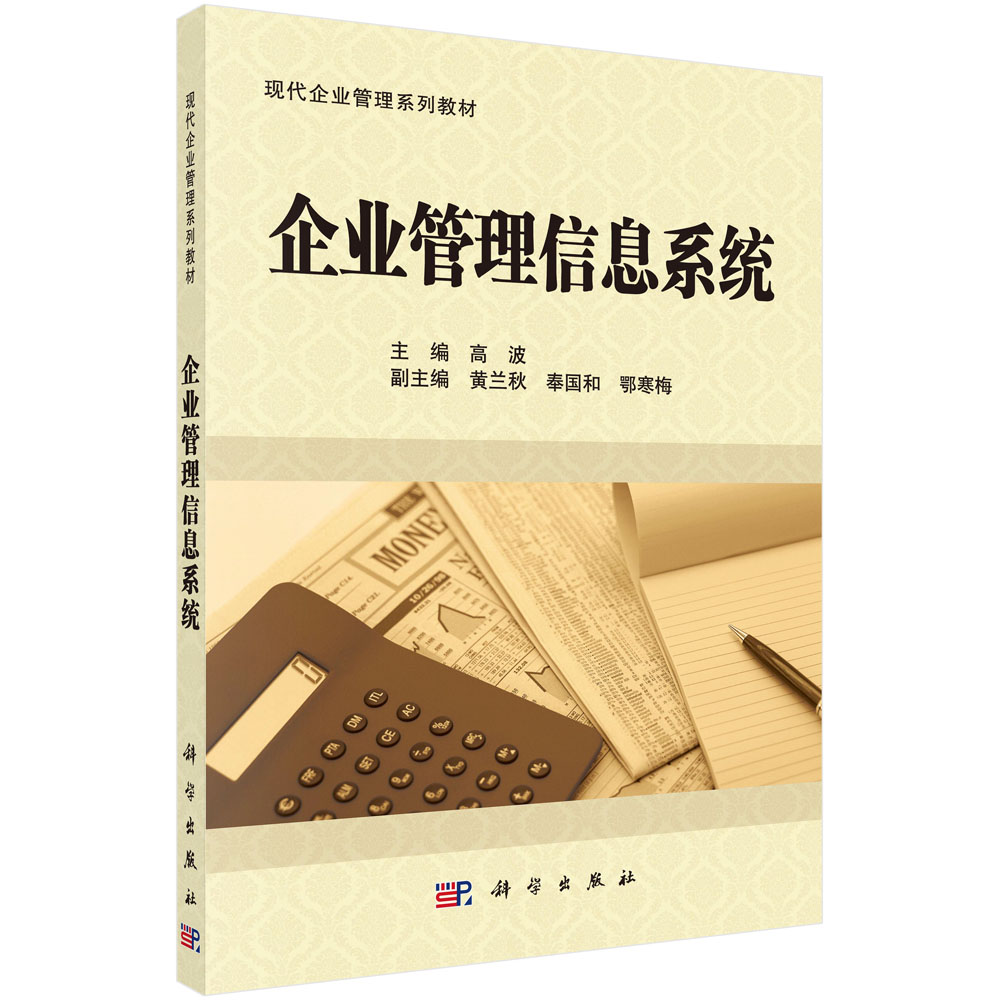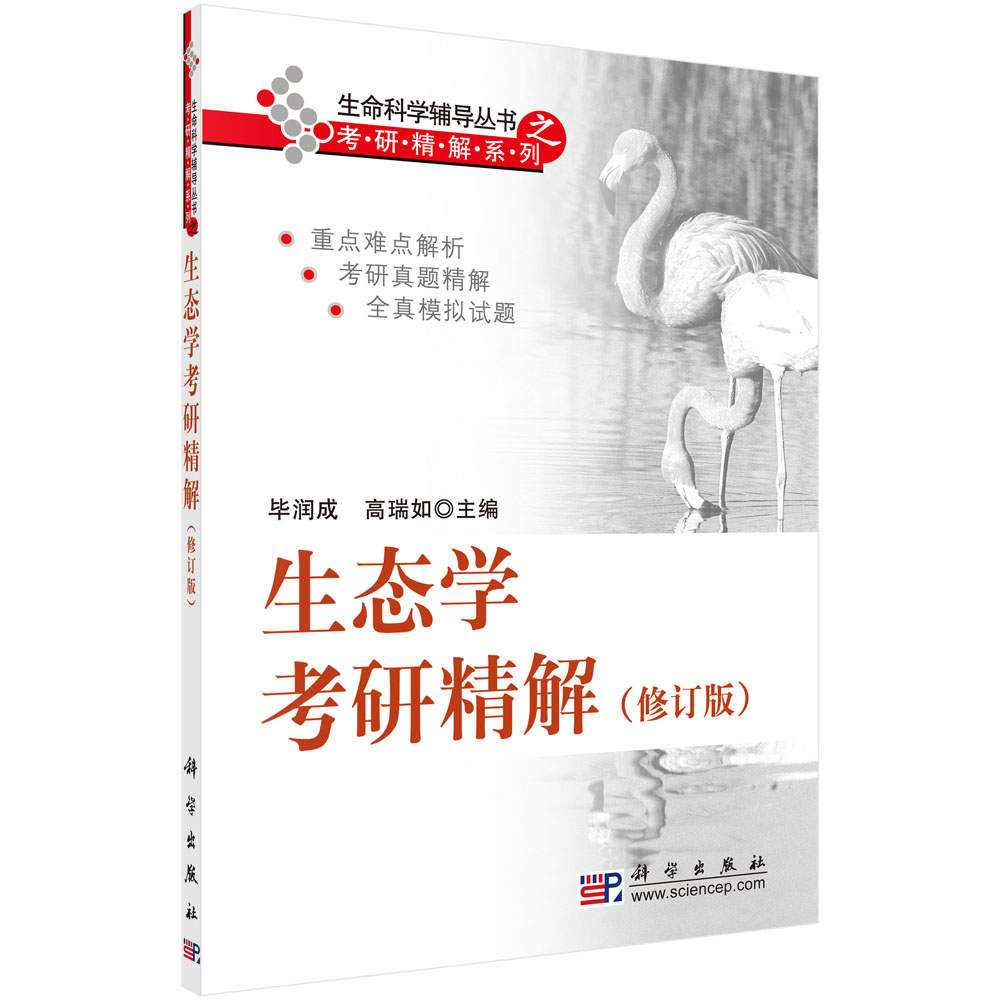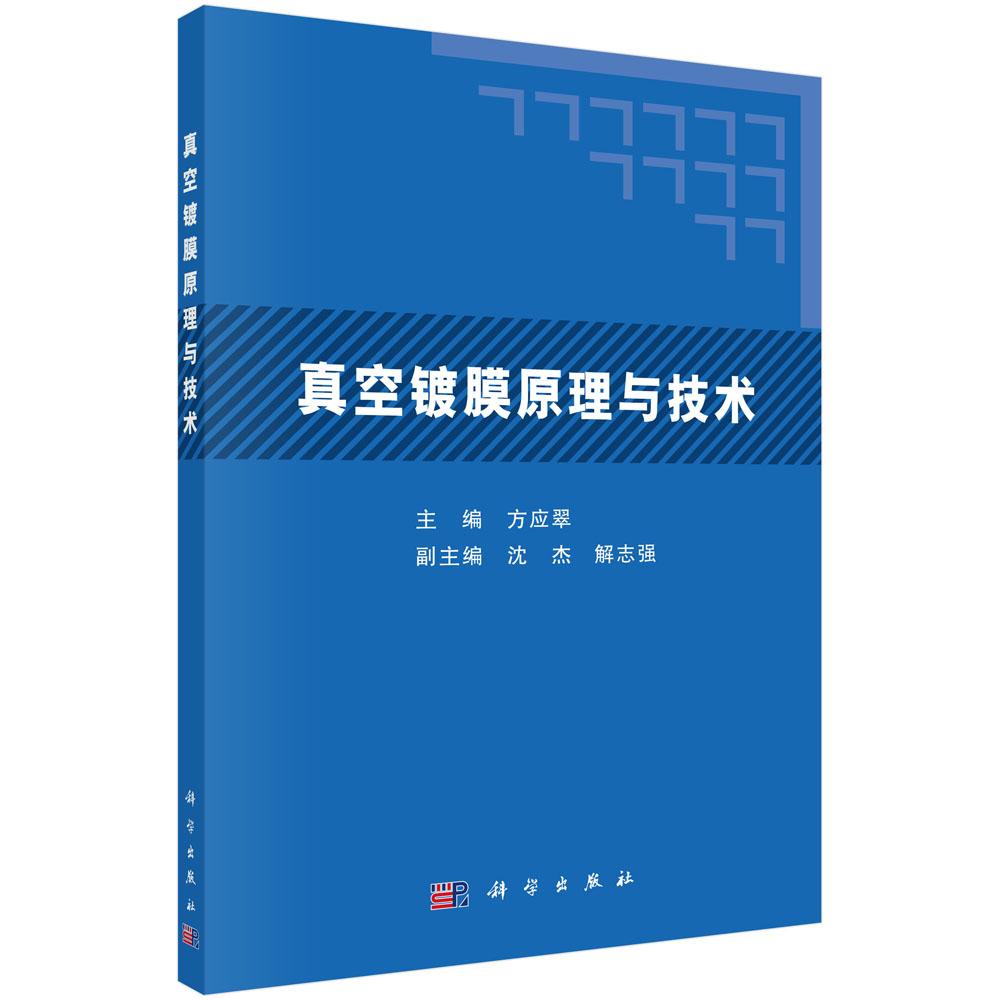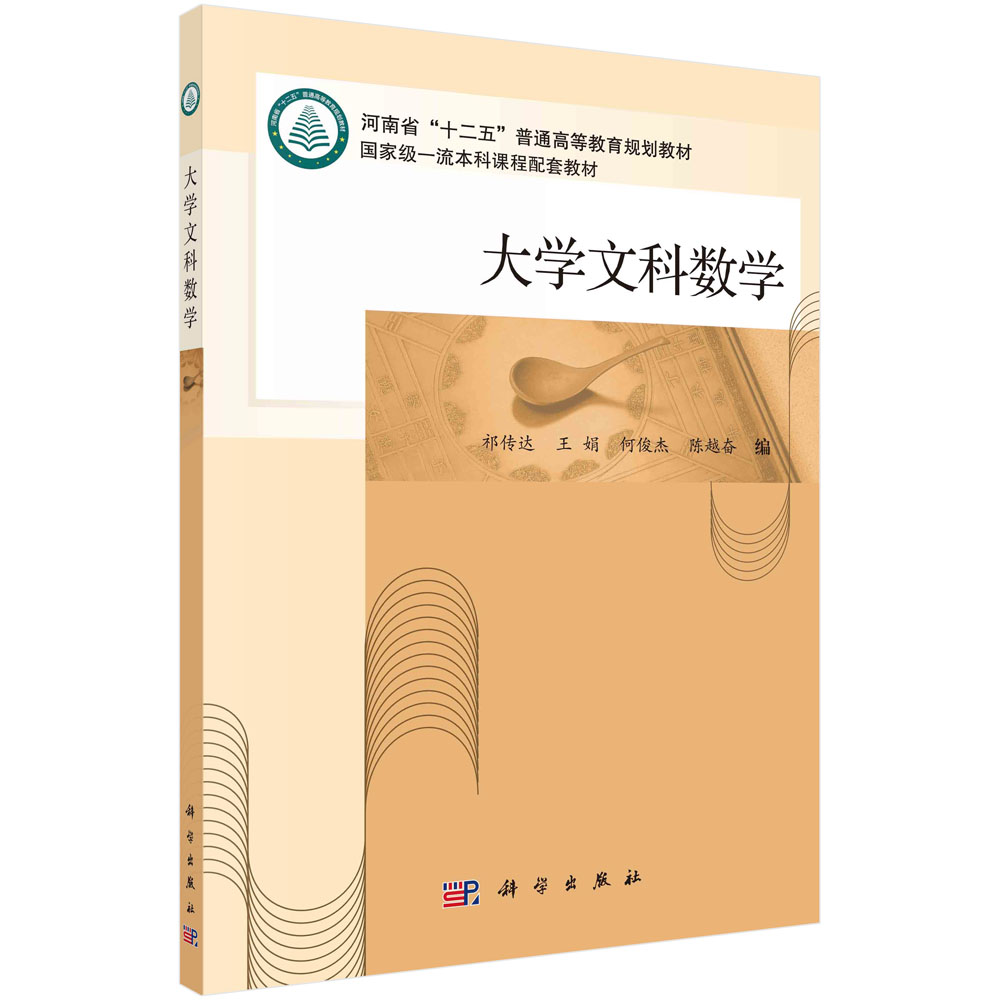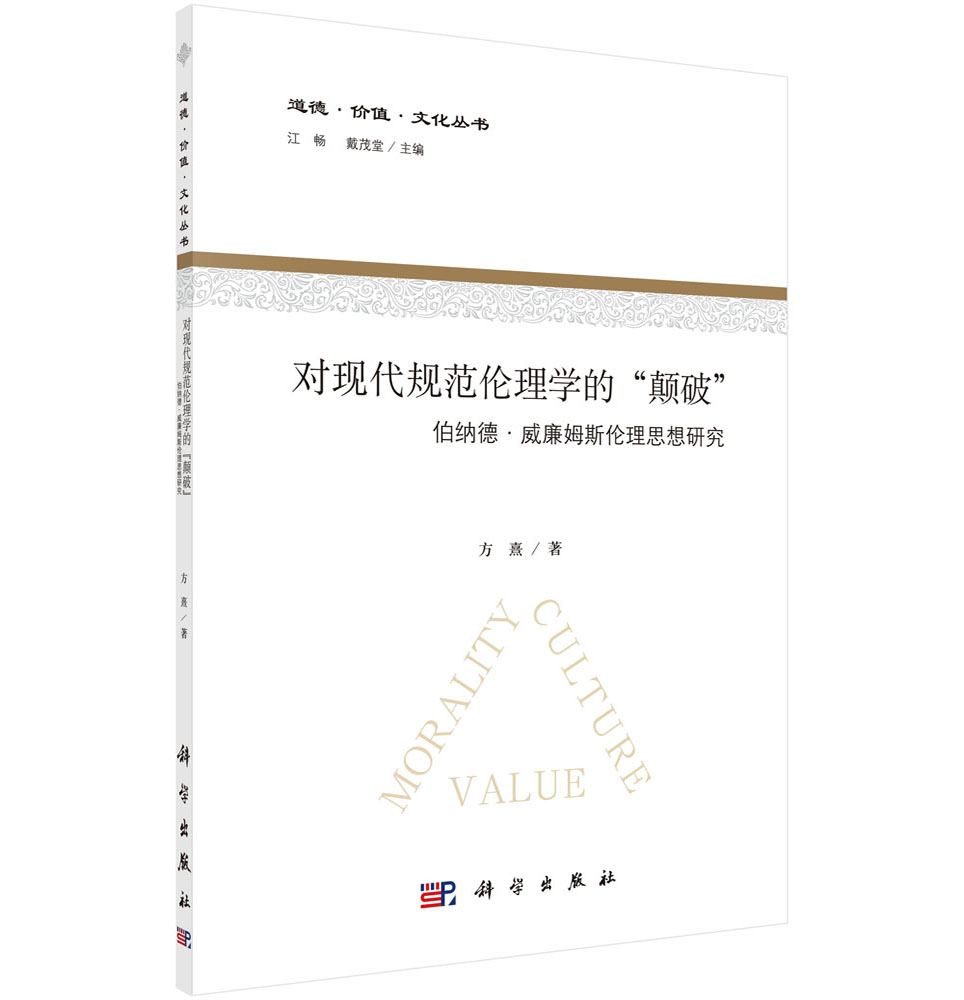本报告介绍了WHO烟草制品管制研究小组第九次会议的结论和建议。讨论了新型烟草制品、传统烟草制品管制科学基础方面的优先事项,以及WHO《烟草控制框架公约》第七次缔约方会议的要求。报告了以下主题:①加热型烟草制品的发展和管制建议;②电子烟碱传输系统中烟碱的临床药理学;③全球烟碱降低策略的研究进展;④降低卷烟烟气中有害物质暴露的监管策略;⑤烟草制品中调味剂的科学研究;⑥烟草制品中的糖对产品管制的影响;⑦燃烧型烟草制品中有害成分优先级清单的扩展研究;⑧无烟烟草制品中有害物质的分析方法;⑨水烟的发展及管制建议。研究组关于每个主题的建议在相关章节末尾列出,最后一章为总体建议。
样章试读
目录
- 目录
WHO烟草制品管制研究小组第九次会议 xv
致谢 xix
缩略语 xxiii
概述 xxvii
参考文献 xxviii
1. 引言 1
1.1 参考文献 2
2. 加热型烟草制品 3
2.1 引言 3
2.2 加热型烟草制品科学基础 4
2.3 加热型烟草制品简史 5
2.4 新型产品 9
2.4.1 释放物 9
2.4.2 暴露生物标志物 10
2.5 消费者对加热型烟草制品的认知 14
2.6 在选定市场中的普及率 16
2.7 菲利普·莫里斯国际在美国提出的“风险降低的烟草制品”申请 16
2.8 对监管和烟草控制政策的影响 18
2.9 研究和政策建议 19
2.10 参考文献 20
3. 电子烟碱传输系统中烟碱的临床药理学 28
3.1 引言 28
3.2 ENDS操作 28
3.3 电子烟液中的烟碱浓度 30
3.4 向ENDS使用者的烟碱传输 31
3.5 ENDS释放物中的有害物质 33
3.5.1 烟碱释放物 33
3.5.2 非烟碱有害释放物 35
3.6 ENDS在戒烟中的潜在作用 36
3.7 ENDS对健康的潜在影响 48
3.7.1 与ENDS使用有关的行为轨迹 48
3.7.2 ENDS和电子非烟碱传输系统的危害 51
3.8 证据汇总、研究差距和由证据得出的政策问题 53
3.9 参考文献 56
4. 全球烟碱降低策略:科学现状 68
4.1 背景 68
4.2 烟碱降低的个体影响 71
4.2.1 行为补偿和有害物质暴露 71
4.2.2 建立或维持烟碱成瘾的阈值 71
4.2.3 使用VLNC卷烟后的烟草戒断 72
4.2.4 临床试验中的不依从性 73
4.2.5 不利的健康影响和弱势人群 73
4.2.6 小结 74
4.3 烟碱降低对人群的影响 75
4.3.1 VLNC卷烟对普通卷烟的替代 75
4.3.2 VLNC卷烟对其他烟草制品的替代 76
4.3.3 黑市 78
4.3.4 VLNC卷烟的操纵 79
4.3.5 关于VLNC卷烟和烟碱降低的观念和态度 80
4.3.6 小结 80
4.4 烟碱降低的监管方法 81
4.4.1 烟碱降低的可行性和潜在挑战 82
4.4.2 成功实施烟碱降低政策的先决条件 82
4.4.3 实施烟碱降低政策的策略 84
4.4.4 烟碱降低的异议思考 84
4.4.5 小结 85
4.5 研究问题 85
4.6 政策建议 86
4.7 参考文献 87
5. 降低卷烟烟气中有害物质暴露的监管策略 100
5.1 引言 100
5.2 WHO技术报告系列951中所述的卷烟烟气成分监管 100
5.3 烟草行业对WHO技术报告系列951的响应 102
5.4 烟气成分含量与生物标志物之间的关系 104
5.5 产品监管策略中有害物质水平的强制性降低 104
5.6 建议强制性降低的有害成分和建议的限量 105
5.7 强制性降低有害物质水平的实施 107
5.8 结论与建议 107
5.9 参考文献 108
6. 烟草制品中调味剂的科学研究 113
6.1 引言 113
6.2 调味烟草和烟碱产品使用的流行病学 114
6.3 调味产品:认知、尝试、摄入和监管 115
6.4 烟草和电子烟行业的调味烟草发展简史 116
6.5 香味感知系统 118
6.6 香味受体:香料感知和编码新科学 119
6.7 调味剂的毒理学效应 120
6.8 结论 121
6.8.1 优先研究事项建议 122
6.8.2 政策建议 122
6.9 参考文献 123
7. 烟草制品中的糖含量 128
7.1 引言 128
7.2 不同类型烟草制品中的糖 129
7.2.1 糖和含糖添加剂的类型 129
7.2.2 糖和含糖添加剂的量 129
7.2.3 添加和内源性糖的总水平 130
7.2.4 烟草品种、产品和用途的区域和文化差异 131
7.3 糖对烟草制品释放物的影响 131
7.3.1 无烟烟草制品 131
7.3.2 糖和简单混合物的热解产物 131
7.3.3 卷烟和其他燃烧型烟草制品 132
7.4 糖对烟草制品毒性的影响 133
7.4.1 无烟烟草 133
7.4.2 添加和不添加糖的卷烟 133
7.5 糖对烟草制品致瘾性的影响 134
7.5.1 pH值和游离态烟碱 134
7.5.2 烟草和烟气中药理活性化合物的形成 134
7.6 依赖与戒烟 135
7.7 糖对烟草制品吸引力的影响 135
7.7.1 认知:感官特征 135
7.7.2 吸烟体验和行为:香味、适口性、易吸入性、使用频率 135
7.7.3 开始吸烟 136
7.8 不同管辖区域对糖的监管 136
7.9 结论 137
7.10 建议 138
7.10.1 下一步研究内容 138
7.10.2 政策 138
7.11 致谢 140
7.12 参考文献 140
8. 燃烧型烟草制品中有害成分的优先级清单更新 147
8.1 引言 147
8.2 优先级清单的编制背景 148
8.2.1 有害物质优先级清单选择标准 148
8.2.2 缔约方会议关于可燃型烟草优先成分和释放物的关键决定 149
8.3 关于有害性的新科学知识概述 153
8.3.1 醛(乙醛,丙烯醛,甲醛,巴豆醛,丙醛,丁醛) 153
8.3.2 芳香胺(3-氨基联苯,4-氨基联苯,1-氨基萘,2-氨基萘) 156
8.3.3 烃类化合物(苯,1,3-丁二烯,异戊二烯,甲苯) 156
8.3.4 多环芳烃(苯并[a]芘) 157
8.3.5 烟草特有亚硝胺 157
8.3.6 生物碱(烟碱) 158
8.3.7 苯酚(邻苯二酚,间、对和邻甲酚,苯酚,对苯二酚,间苯二酚) 159
8.3.8 其他有机化合物(丙酮,丙烯腈,吡啶,喹啉) 159
8.3.9 金属和类金属(砷,镉,铅,汞) 160
8.3.10 其他成分(氨,一氧化碳,氰化氢,氮氧化物) 161
8.4 分析方法的可用性 161
8.4.1 WHO TobLabNet优先有害物质分析标准方法 161
8.4.2 其他优先有害物质分析方法概述 162
8.5 品牌间有害成分变化的最新动态 165
8.6 清单上有害物质的未来重新评估标准 168
8.7 新型有害物质的选择标准 168
8.8 研究需求和监管建议 171
8.8.1 研究需求、数据差距和未来工作 171
8.8.2 监管建议和对缔约方的支持 172
8.9 参考文献 173
9. 测量和降低无烟烟草制品中有害物质浓度的方法 185
9.1 引言 185
9.2 产品组成 187
9.3 农业实践和生产过程中导致的有害化合物形成和积累 189
9.4 产品添加剂 191
9.5 无烟烟草制品中的有害物质及降低有害物质影响的方法 191
9.6 微生物检测 193
9.6.1 通过细胞活性快速检测活性微生物 194
9.7 用于测量无烟烟草中有害物质的分析方法概述 195
9.8 监管方法和对策 195
9.9 政策建议和摘要 198
9.9.1 免责声明 201
9.10 参考文献 201
10. 水烟抽吸:流行性、健康影响和减少使用的干预措施 208
10.1 引言 208
10.2 流行性、健康影响和减少使用的有效干预措施 208
10.2.1 水烟使用的区域和全球模式 209
10.2.2 急性和慢性健康影响 211
10.2.3 文化习俗以及开始和持续使用 213
10.2.4 调味剂的影响 214
10.2.5 低烟碱产品的依赖性 214
10.2.6 干预 215
10.3 未来需要的研究 216
10.4 政策建议 217
10.4.1 水烟使用的相关政策 219
10.5 结论 219
10.6 参考文献 220
11. 总体建议 227
11.1 主要建议 227
11.2 对公共卫生政策的意义 228
11.3 对WHO计划的影响 229
Contents
Participants in the ninth meeting of the WHO Study Group on Tobacco Product Regulation xvii
Acknowledgements xxi
Abbreviations xxv
Commentary xxix
References xxx
1. Introduction 231
1.1 References 232
2. Heated tobacco products 233
2.1 Introduction 233
2.2 The science of heated tobacco products 234
2.3 A brief history of heated tobacco products 236
2.4 Recent products 240
2.4.1 Emissions 240
2.4.2 Biomarkers of exposure 241
2.5 Consumer perceptions of heated tobacco products 246
2.6 Uptake in selected markets where products are available 248
2.7 Application by Philip Morris International for status as a“modified risk tobacco product” in the USA 249
2.8 Implications for regulation and tobacco control policies 250
2.9 Recommendations for research and policy 252
2.10 References 254
3. Clinical pharmacology of nicotine in electronic nicotine delivery systems 260
3.1 Introduction 260
3.2 ENDS operations 261
3.3 Nicotine concentration in e-liquids 262
3.4 Nicotine delivery to ENDS users 264
3.5 Toxicant content of ENDS emissions 266
3.5.1 Nicotine emissions 266
3.5.2 Emissions of non-nicotine toxicants 268
3.6 Potential role of ENDS in smoking cessation 269
3.7 Potential health impact of ENDS 283
3.7.1 Behavioural trajectories associated with use of ENDS 284
3.7.2 Harm from ENDS and electronic non-nicotine delivery systems 287
3.8 Summary of evidence, research gaps and policy issues derived from the evidence 289
3.9 References 295
4. A global nicotine reduction strategy: state of the science 304
4.1 Background 304
4.2 Individual outcomes of nicotine reduction 308
4.2.1 Behavioural compensation and exposure to toxicants 308
4.2.2 Threshold for establishing or maintaining nicotine addiction 309
4.2.3 Tobacco cessation after use of VLNC cigarettes 310
4.2.4 Non-compliance in clinical trials 310
4.2.5 Adverse health effects and vulnerable populations 311
4.2.6 Summary 312
4.3 Population impact of nicotine reduction 313
4.3.1 VLNC cigarettes as replacements for regular cigarettes 314
4.3.2 Substitution of VLNC cigarettes with alternative tobacco products 315
4.3.3 The black market 317
4.3.4 Manipulation of VLNC cigarettes 318
4.3.5 Beliefs and attitudes regarding VLNC cigarettes and nicotine reduction 319
4.3.6 Summary 320
4.4 Regulatory approaches to nicotine reduction 322
4.4.1 Feasibility of nicotine reduction and potential challenges 322
4.4.2 Prerequisites for successful implementation of a nicotine reduction policy 323
4.4.3 Strategies for implementation of a nicotine reduction policy 325
4.4.4 Philosophical objections to nicotine reduction 326
4.4.5 Summary 326
4.5 Research questions 327
4.6 Policy recommendations 328
4.7 References 329
5. A regulatory strategy for reducing exposure to toxicants in cigarette smoke 340
5.1 Introduction 340
5.2 Regulation of cigarette smoke constituents described in WHO Technical Report Series No. 951 340
5.3 Industry response to WHO Technical Report Series No. 951 343
5.4 Relation between smoke constituent levels and biomarkers 345
5.5 Use of mandated lowering of toxicant levels in a product regulatory strategy 346
5.6 Toxicants recommended for mandated lowering and recommended limits 347
5.7 Implementation of mandated lower levels of toxicants 348
5.8 Conclusions and recommendations 349
5.9 References 350
6. The science of flavour in tobacco products 354
6.1 Introduction 354
6.2 Epidemiology of use of flavoured tobacco and nicotine products 355
6.3 Flavoured products: perceptions, experimentation, uptake and regulation 357
6.4 A brief history of the development of flavoured tobacco by the tobacco and e-cigarette industry 358
6.5 Sensory systems that contribute to flavour 360
6.6 Flavour receptors: a new science of flavour sensing and coding 362
6.7 Toxicological effects of flavours 363
6.8 Conclusions 365
6.8.1 Recommended priorities for research 366
6.8.2 Recommended policies 367
6.9 References 367
7. Sugar content of tobacco products 372
7.1 Introduction 372
7.2 Sugars in different types of tobacco product 373
7.2.1 Types of sugars and sugar-containing additives 374
7.2.2 Amounts of sugars and sugar-containing additives 374
7.2.3 Total levels of added and endogenous sugars 375
7.2.4 Regional and cultural differences in tobacco varieties, products and use 376
7.3 Effects of sugars on levels of emissions from tobacco products 376
7.3.1 Smokeless tobacco products 376
7.3.2 Pyrolysis products of sugars and simple mixtures 377
7.3.3 Cigarettes and other combusted tobacco products 377
7.4 Effects of sugars on the toxicity of tobacco products 378
7.4.1 Smokeless tobacco 378
7.4.2 Cigarettes with and without added sugar 379
7.5 Effects of sugar on the addictiveness of tobacco products 379
7.5.1 pH and free nicotine 380
7.5.2 Formation of pharmacologically active compounds in tobacco and smoke 380
7.6 Dependence and quitting 381
7.7 Effects of sugars on the attractiveness of tobacco products 381
7.7.1 Perception: sensory characteristics 381
7.7.2 Smoking experience and behaviour: flavour,palatability,ease of inhalation, frequency of use 382
7.7.3 Initiation 382
7.8 Regulation of sugars according to jurisdiction 382
7.9 Conclusions 384
7.10 Recommendations 384
7.10.1 Further research 384
7.10.2 Policy 385
7.11 Acknowledgements 387
7.12 References 387
8. Updated priority list of toxicants in combusted tobacco products 393
8.1 Introduction 393
8.2 Background of preparation of the priority list 394
8.2.1 Criteria for selection of toxicants for the priority list 395
8.2.2 Key decisions of the Conference of the Parties on priority contents and emissions of combustible tobacco 397
8.3 Overview of new scientific knowledge on toxicity 400
8.3.1 Aldehydes(acetaldehyde,acrolein, formaldehyde,crotonaldehyde, propionaldehyde, butyraldehyde) 400
8.3.2 Aromatic amines(3-aminobiphenyl, 4-aminobiphenyl,1-aminonaphthalene, 2-aminonaphthalene) 404
8.3.3 Hydrocarbons (benzene, 1,3-butadiene, isoprene, toluene) 404
8.3.4 Polycyclic aromatic hydrocarbons (benzo[a]pyrene) 405
8.3.5 Tobacco-specific N-nitrosamines 406
8.3.6 Alkaloids (nicotine) 407
8.3.7 Phenols (catechol, m-, p- and o-cresols, phenol, hydroquinone, resorcinol) 408
8.3.8 Other organic compounds (acetone, acrylonitrile, pyridine, quinolone) 409
8.3.9 Metals and metalloids (arsenic, cadmium, lead, mercury) 409
8.3.10 Other constituents (ammonia, carbon monoxide, hydrogen cyanide, nitrogen oxides) 411
8.4 Availability of analytical methods 411
8.4.1 Standardized WHO TobLabNet methods for the analysis of priority toxicants 411
8.4.2 Overview of methods for the remaining priority toxicants 412
8.5 Update on variations in toxicants among brands 416
8.6 Criteria for future re-evaluation of toxicants on the list 418
8.7 Criteria for selection of new toxicants 419
8.8 Research needs and regulatory recommendations 422
8.8.1 Research needs, data gaps and future work 422
8.8.2 Regulatory recommendations and support to Parties 423
8.9 References 425
9. Approaches to measuring and reducing toxicant concentrations in smokeless tobacco products 434
9.1 Introduction 434
9.2 Product composition 437
9.3 Agricultural practices and manufacturing processes that result in the formation and accumulation of harmful compounds 439
9.4 Product additives 441
9.5 Harmful agents in smokeless tobacco products and methods to reduce their effects 441
9.6 Detection of microorganisms 445
9.6.1 Rapid detection of live microorganisms by cell viability 445
9.7 Overview of analytical methods used to measure toxicants in smokeless tobacco 446
9.8 Regulatory approaches and responses 447
9.9 Policy recommendations and summary 449
9.9.1 Disclaimer 452
9.10 References 453
10. Waterpipe tobacco smoking: prevalence, health effects and interventions to reduce use 459
10.1 Introduction 459
10.2 Prevalence, health effects and effective interventions to reduce use 460
10.2.1 Regional and global patterns of waterpipe tobacco use 460
10.2.2 Acute and chronic health effects 462
10.2.3 Cultural practices and initiation and maintenance of use 464
10.2.4 Influence of flavourings 466
10.2.5 Dependence liability of low-nicotine products 467
10.2.6 Interventions 467
10.3 Future research 470
10.4 Policy recommendations 471
10.4.1 Policies relevant to waterpipe tobacco use 473
10.5 Conclusions 474
10.6 References 475
11. Overall recommendations 481
11.1 Main recommendations 482
11.2 Significance for public health policies 483
11.3 Implications for the Organization’s programmes 483
